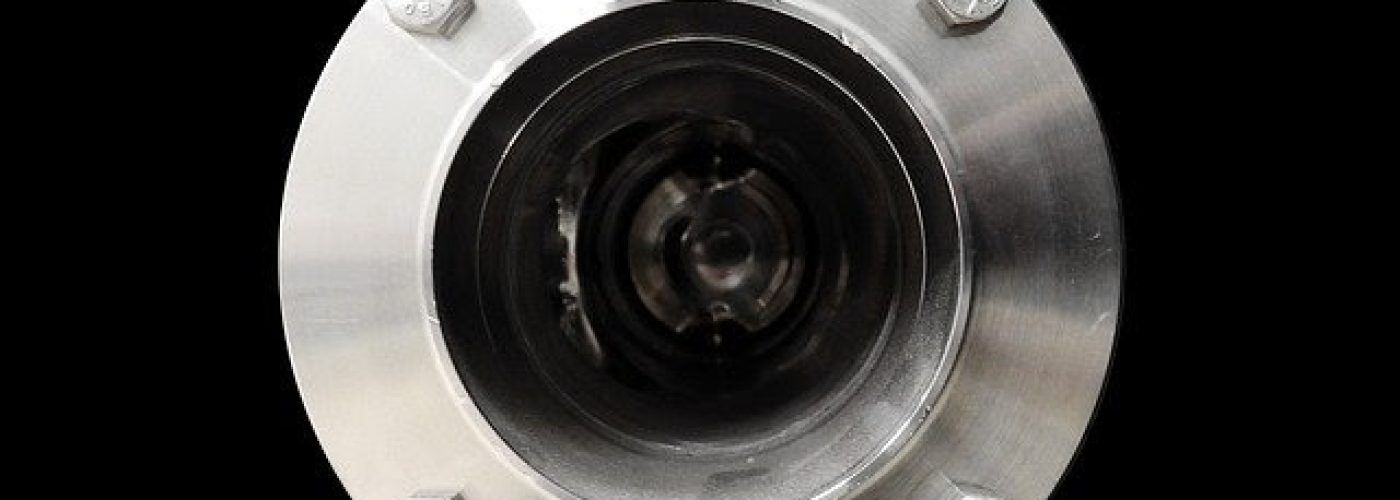Flanges are used in piping to connect sections of a pipe or join it to a pressure vessel, pump, valve or any other piece of equipment. You might think that that is a simple piece of equipment, but there are many different types of flanges and you can get steel flanges made from carbon steel, alloy steel, stainless / duplex steel, nickel alloys/superalloys and titanium, but they can also be made in aluminium, copper and polypropylene. Then as well as different materials, you have different types of flanges, but what do they all do and why are there so many? Here’s a quick guide to give you an idea.
Welding Neck Flange
A welding neck flange is used in high-pressure and high/low temperatures applications that require an unrestricted flow of the fluid conveyed by the piping system.
Long Welding Neck
Long weld neck flanges are similar to weld neck flanges, however, the neck is extended and acts as a boring extension. They are generally used on vessels, columns or barrels.
Slip-On Flange
A slip-on flange is connected to the pipe or the fittings by two fillet welds, one is executed inside and one outside the cavity of the flange. Slip-on flanges are also known as “Hubbed Flanges” and are easy to recognize due to their slim and compact shape.
Threaded Flange
Threaded flanges are joined to pipes by screwing the pipe onto the flange without seam welds.
They are mostly used for small size piping in low pressure and low-temperature applications, like water and air utility services.
Socket Weld Flange
Socket weld flanges are connected to pipes using a single fillet weld executed on the outer side of the flange. They are used for small-size and high-pressure piping that do not transfer highly corrosive fluids.
Lap Joint Flange
Lap joint flanges feature a flat face and are always used in conjunction with a stub end. This is a cost-effective solution for stainless steel or nickel alloy pipelines, as the material of the lap joint flange can be of a lower grade than the material of the stub end.
Blind Flange
Blind flanges do not have a centre hole, and are used to blind or seal a pipeline, a valve/pressure vessel and block the flow of the fluid.
Nipoflange
A Nipoflange is used for branch pipelines at 90 degrees and is a product manufactured by combining a welding neck flange with a forged Nipolet.
Weldoflange
A Weldoflange is similar to a Nipoflange but is made out of a single piece of solid forged steel, not by welding separate parts together.
Elboflange And Latroflange
Other less common types of flange Olets are the Elboflange which is a combination of a flange and an Elbolet and the“Latroflange which is a combination of a flange with a Latrolet. Elboflanges are used to branch a pipeline at 45 degrees.
Swivel Flange
Swivel ring flanges facilitate the alignment of the bolt holes between the two mating flanges. They suit oil, gas, hydrocarbons, water, chemical and other demanding fluids in petrochemical and water management applications.
Expander flange
Expanding flanges, or “expander flanges”, are used to increase the bore of the pipeline from a specific point to another or to connect pipes to other mechanical devices such as pumps, compressors, and valves that have different inlet sizes.
Reducing Flange (“Reducer”)
Reducing flanges, otherwise called reducer flanges, have an opposite function than expander. they are used to decrease the bore of a pipeline.





